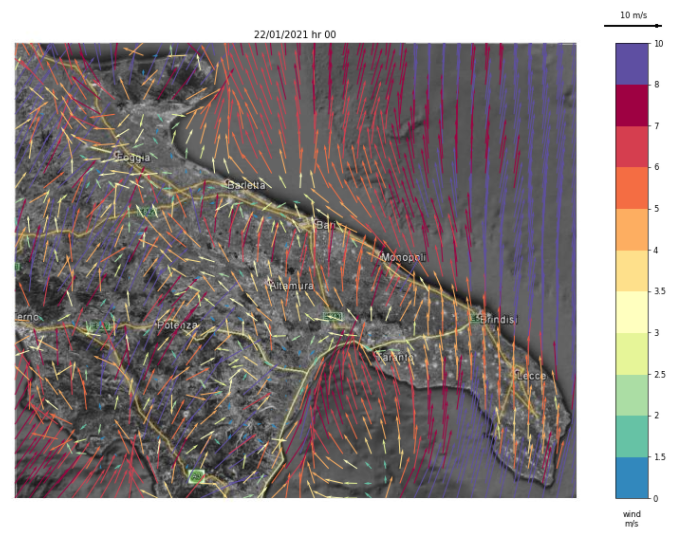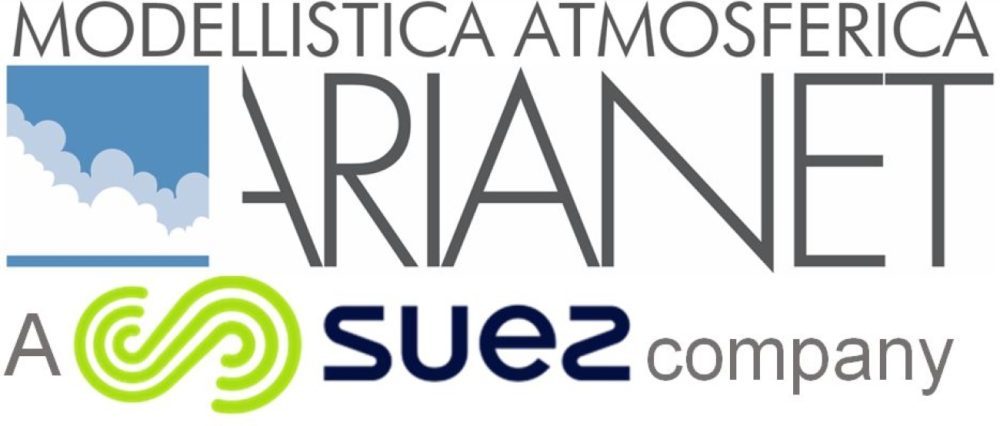Dynamic meteorology constitutes the first fundamental segment of atmospheric modeling systems. Accurate reconstruction of meteorological fields is essential for understanding and simulating atmospheric pollution events. Synoptic information provided by meteorological services and locally acquired measurements serve as the starting point for solving the physical equations of the atmosphere. ARIANET leverages significant experience in applying state-of-the-art meteorological models to accurately reproduce the state of the atmospheric system.
Hourly meteorological simulations, which are preparatory to executing air quality models, are conducted using the WRF-ARW model (http://wrf-model.org). This is a non-hydrostatic, limited-area numerical weather prediction model whose application as a system for producing input data for air quality models is well-established, as highlighted by extensive scientific literature on development, application, and validation activities worldwide.
The WRF model, like all limited-area meteorological models, requires initial and boundary conditions that describe the initial state of the atmosphere and the temporal evolution of synoptic-scale meteorological fields. These conditions can be extracted from analyses or forecasts produced by global models, such as those used by major national and international meteorological services. For reconstructing past meteorological events, meteorological analyses are generally preferred, as their production process relies on integrating experimental observations into the forecasts produced by predictive models.

